I’m writing this on a train trip from Imabari, where Anne and I finished our two day bike ride, to Nagoya where I’m going to catch up with my friend and former mentee, Minami.
It’s a five hour train trip all up, which Anne and I thought was just the ticket after our two days of cycling. Initially when planning the trip we had considered heading onto Hiroshima but it was just going to be too much - and we weren’t going to have enough time to do Hiroshima justice. Next trip! I’m very keen to go, so that next trip is an absolute definite thing!
We’ve just had breakfast on the train, with the ingredients bought at the 7-11 at the station. The food from 7-11’s in Japan ( and the other convenience chains Lawson Station and Family Mart) is excellent! We’ve just had onigiri/ rice balls, two different salads, preserved peaches (in a little plastic sack), peanuts and lemon cake; but could have had a whole raft of different salads, sushi, and lots of meaty things that I’m not interested in! It has been challenging to find vegetarian food on this trip. I’m happy to eat fish which certainly hasn’t been difficult, and has been delicious! but strict vegetarians and vegans would find eating out much more difficult than in Australia. And 7-11 food is cheap - all of that, plus an iced coffee and some chocolate coated macadamias came to 2100 yen- or around $A21. The price of cafe and restaurant meals has varied - in tourist spots they are much the same as eating out in Australia; in other areas considerably cheaper.
Yesterday we ate a late lunch at a cool urbane cafe, with cool urbane jazz playing which seems to be de rigeur for cool urbane cafes in Japan. It was a bit off the beaten cycling path and clearly catered mostly for locals, rather than bike riding tourists, The ‘lunch set’ here, of a salad, pasta and drink, was 1500 yen.
Ah, yesterday, the second day of our cycling trip. Yesterday the rainy season started in earnest. We had known when booking this trip that we were taking a risk doing a bike ride in June. June is by far the wettest month on Honshu, the main island of Japan. The hot dry weather I had been experiencing in my first week in Tokyo was a bit anomalous for this time of year, with the wet had been delayed by a fortnight by a blocking high. But the high has now disappeared and it has begun to rain.
Yesterday’s rain started mid morning and was the type of rain that you think is never going to stop. It flowed across the roads and paths. It gushed and gurgled and sloshed in the drains. It bent over the branches of the bamboo, the maples and the other mass of greenery that clad the steep hillsides around us. And it completely drenched us. We both had good coats and it wasn’t cold but we got soaked. And more significantly everything in our backpacks got soaked too.
When we arrived at the cafe we peered in through the window and thought that it wouldn’t be right for us to go in in our soaked clothing, our dripping hair, our squelchy shoes. But we were welcomed in with a warm smile and a small towel each to dry us off, which we then used to sit on on the upholstered chairs to reduce the impact! And I made sure to not lean back!
The rain had actually eased by the time we left which was a bit of a relief. But it continued raining, just less intensely, for the rest of the day.
It did make for dreamy landscapes; softening the impact of the industrial grunge of manufacturing and ship building industries and the functional residential streetscapes that were juxtaposed with the natural beauty before us.
The day before had been a stark contrast. It had started our grey and drizzly but the cloud soon broke up making for perfect warm and sunny riding conditions. Day 1 we arrived at our destination on Ikuchi Island mid afternoon. We stayed at a traditional Japanese guesthouse, with futons on tatami mats on the floor, paper screens, and winning the ‘best accommodation the trip’ award for me through having a tea set - a beautiful pot and cups and green tea provided. And a traditional bathhouse too with a large hot tub/pool with spa jets to pummel those weary muscles - sublime!
We headed off on a 3km ride to Setoda Sunset Beach after a bit of a rest on arrival, which ‘has been certified as one of the 88 best beaches in Japan’. We enjoyed a swim with the long expanse of the beach to ourselves - in fact we pretty much had the whole place to ourselves. It felt like we had arrived early for the festival, or an hour early for the party. Japanese summer holidays start in late July - and clearly people don’t plan to go to the beach during the rainy season, even if the weather is fine.
We ended up riding a bit over 100km over the two days, which given Anne’s dodgy knees was a terrific achievement for her. She hadn’t been able to hire an electric bike which is what she mainly uses at home, so it was particularly noteworthy. Bike hire, including for the one way trip we were doing, was readily available, but e-bikes were only available for a single day's hire. I treated myself to a carbon fibre road bike - having just ridden one home from Canberra - thank you Trek! I decided I should continue riding in the manner to which I had become accustomed! The bike hire place unfortunately didn’t have these in a small frame which is what Anne needed so she had to go with a cross- bike, which still did the job very adequately
The riding was easy - almost all flat, with very easy navigation the whole way - all the recommended routes across the islands are marked with a blue line and the ‘trunk’ 80km route has large blue arrows painted on the road, and regular markers letting you know you are either on your way to Imabari or Onomichi and how many km to go. We still managed to miss a turn twice though and had to back track quite a few km. Most of the route is on-road on local roads, with most of the roads having separated paths alongside, Sometimes these are designated as footpaths, sometimes as shared paths.
But the stand-out infrastructure of course are the six bridges connecting the islands which the bike routes disperse from and then come back to to cross over onto the next island. The bridges are part of the Shimanami expressway which connects a string of islands in the Seto Inland Sea between Onomichi on Honshu and Imabari on Shikoku Island. The expressway was built in 1999 with bike infrastructure integrated into the design. Now that’s a novel idea isn’t it!
The access routes to and from the bridges were my favourite parts of the ride. They were designed with a 3% slope which is a nice gentle climb, and almost all of them wound their way up and down through forested hillsides, full of birdsong.
The Japanese villages and towns that I have experienced during these two weeks largely haven’t been good on trees. There are very few street trees, and most houses and apartment blocks don’t have any significant open space. Temples and watercourses are the best place for trees in the suburbs, but largely the streetscapes are stark - and hot in summer, with very little birdlife.
It would be tricky to retrofit trees into the streets - the development style has very little in the way of setbacks, and generally narrow streets. But people are able to find room in new housing developments for car parking - so with some political will, room for trees should be possible too.
And in areas which are experiencing depopulation, and where rice paddies are interspersed with housing, a bit of strategic revegetation would go a long way!
But of course our experience of Japan has only been as tourists for two weeks, and only on Honshu and the islands of the inland sea. I’m far from an expert! So many people have recommended visiting Hokkaido in the north, and Okinawa in the south and many places in between. We will come back; I’m keen to do some work supporting the Greens in Japan as part of that, and have lots more adventures along the way.
I’ve finished writing this on the Shinkansen between Nagoya and Tokyo on Monday morning. We rocked up to Nagoya station this morning at 9.30am, and there were literally trains leaving every 10 minutes for the 350km, hour and a half trip to Tokyo. A non reserved seat cost just over $100. This is what public transport can be like!
Dinner with Minami and her mum Fatima last night was wonderful - fabulous sushi for dinner and it was so interesting to learn about the challenges of being Kenyan- Japanese - in both Japan and Kenya - where in both countries multiculturalism is a very foreign idea.
Learning, observing, reflecting, admiring, critiquing, comparing and just enjoying - this is what I love about travel!


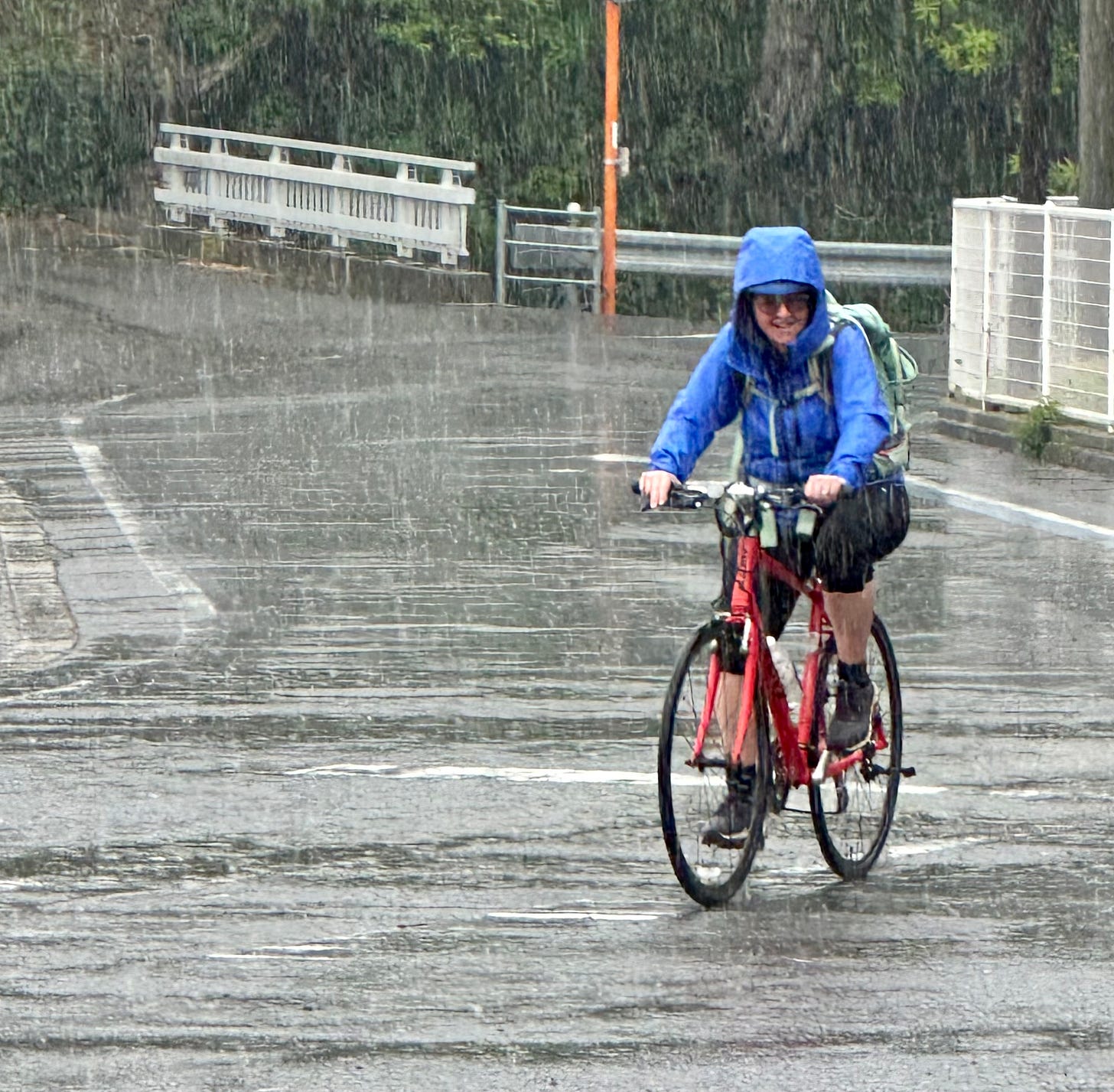


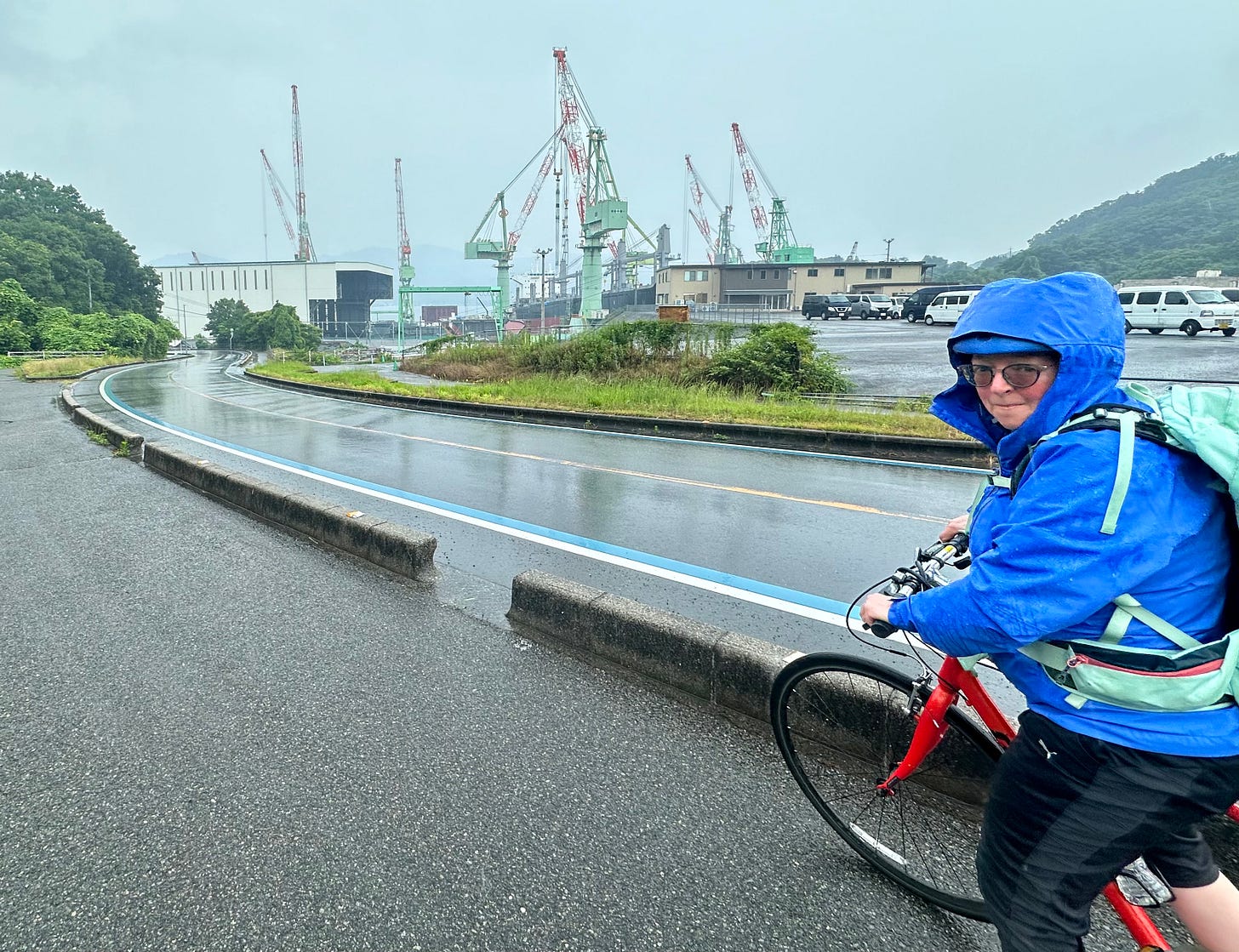
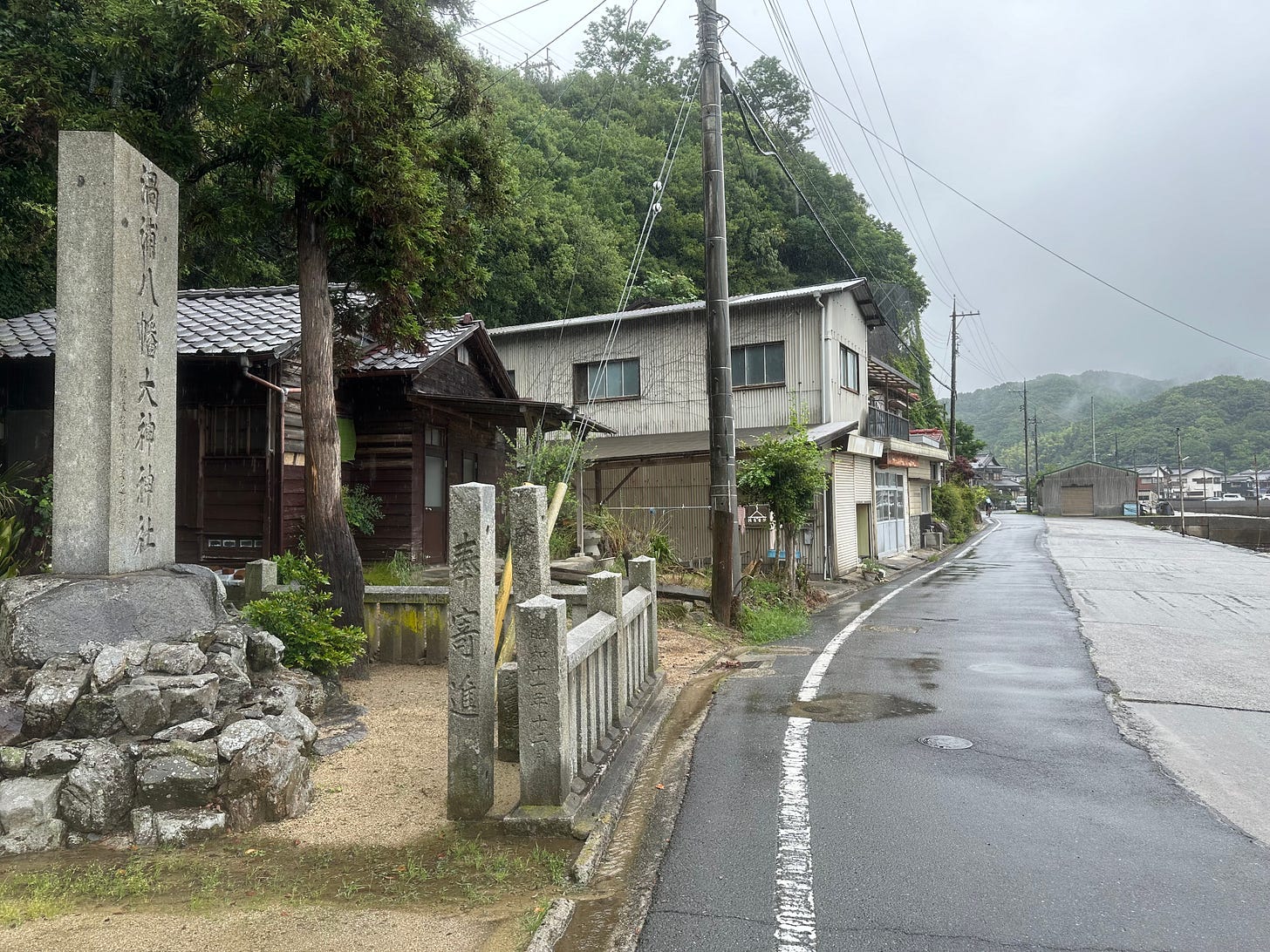
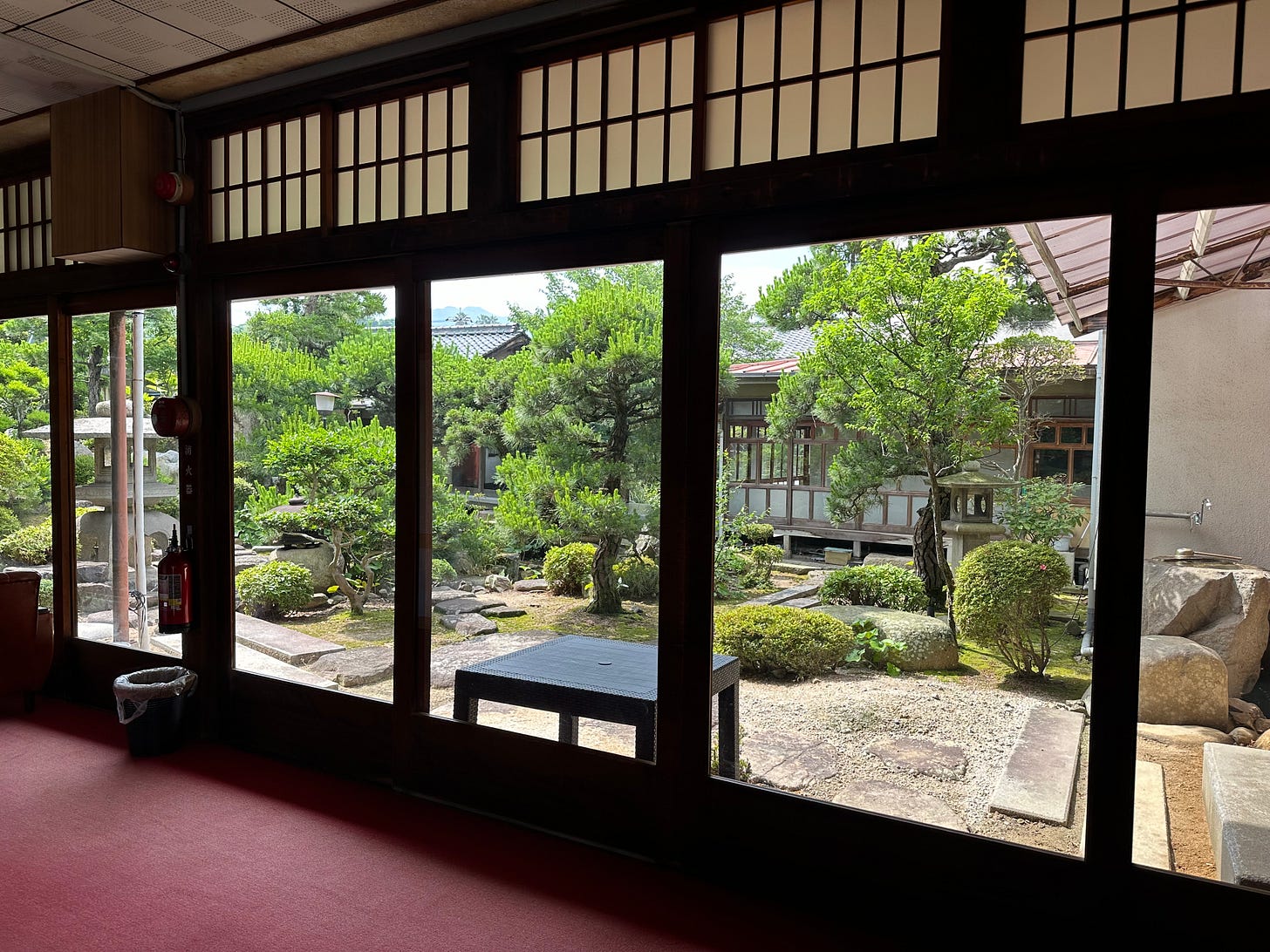
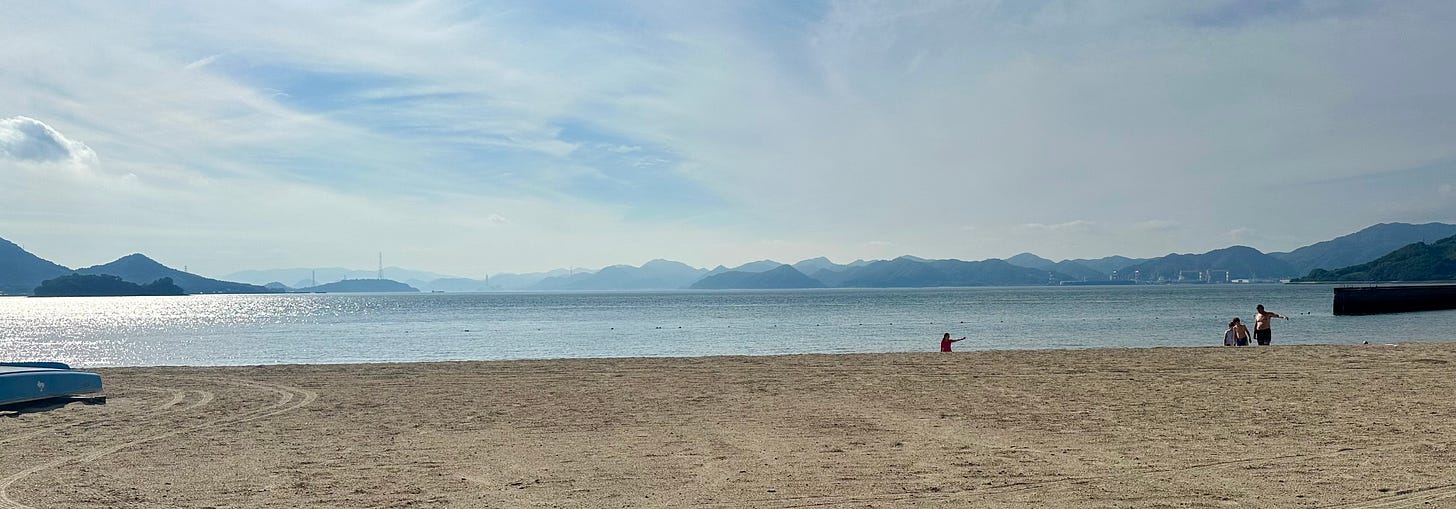
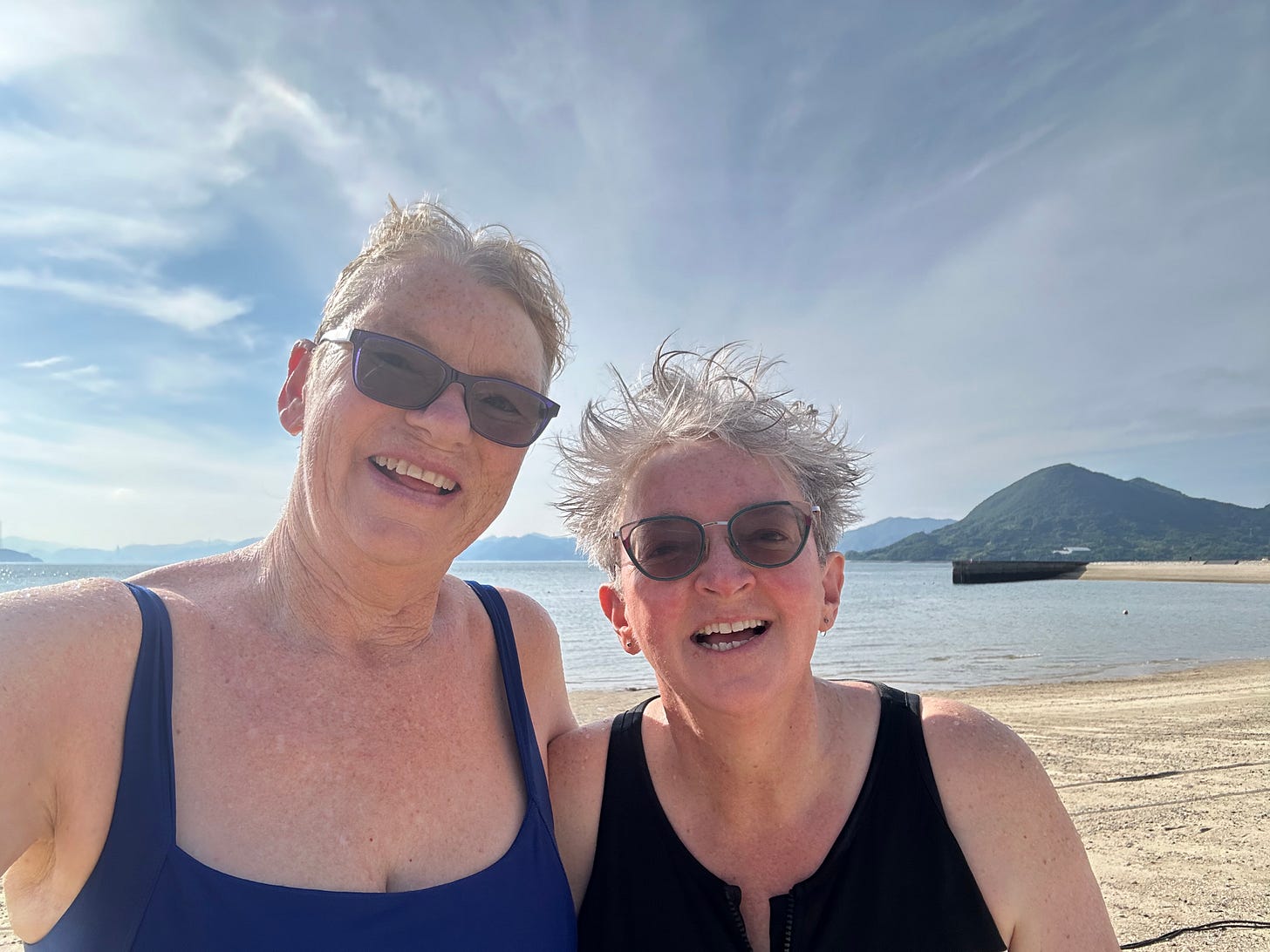
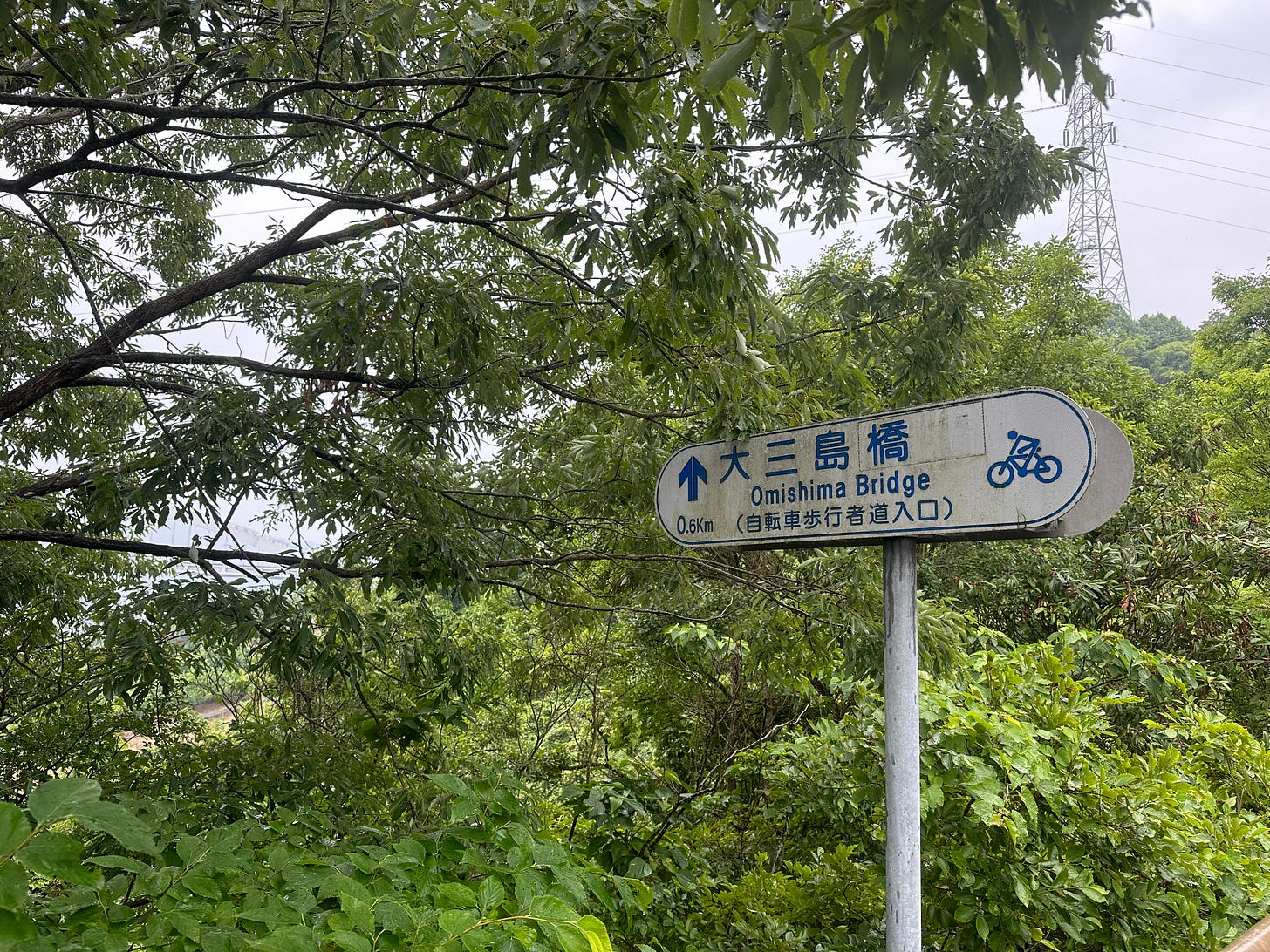
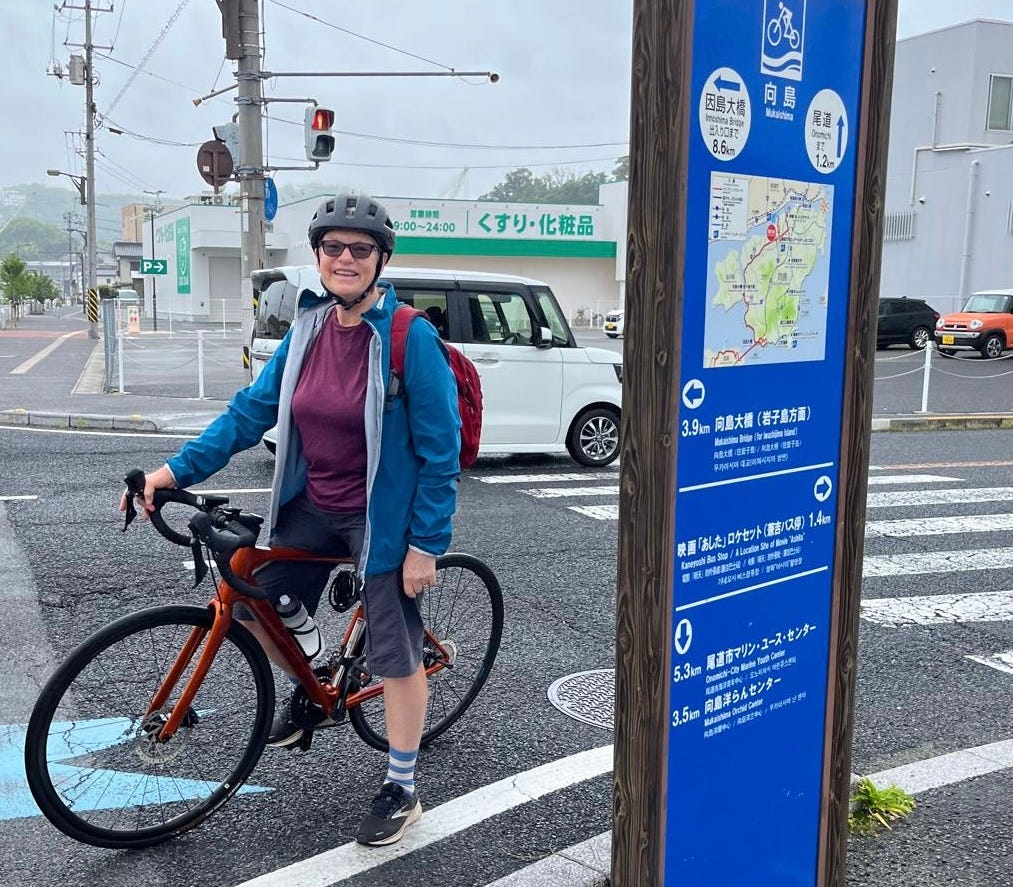
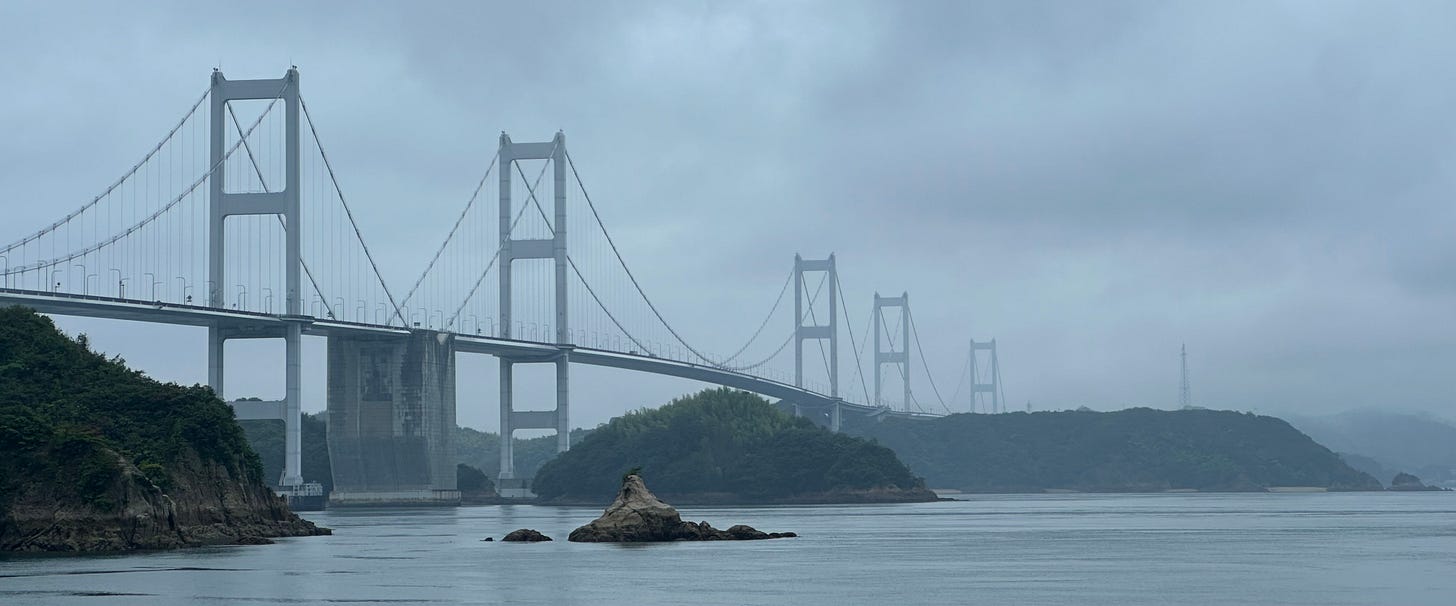
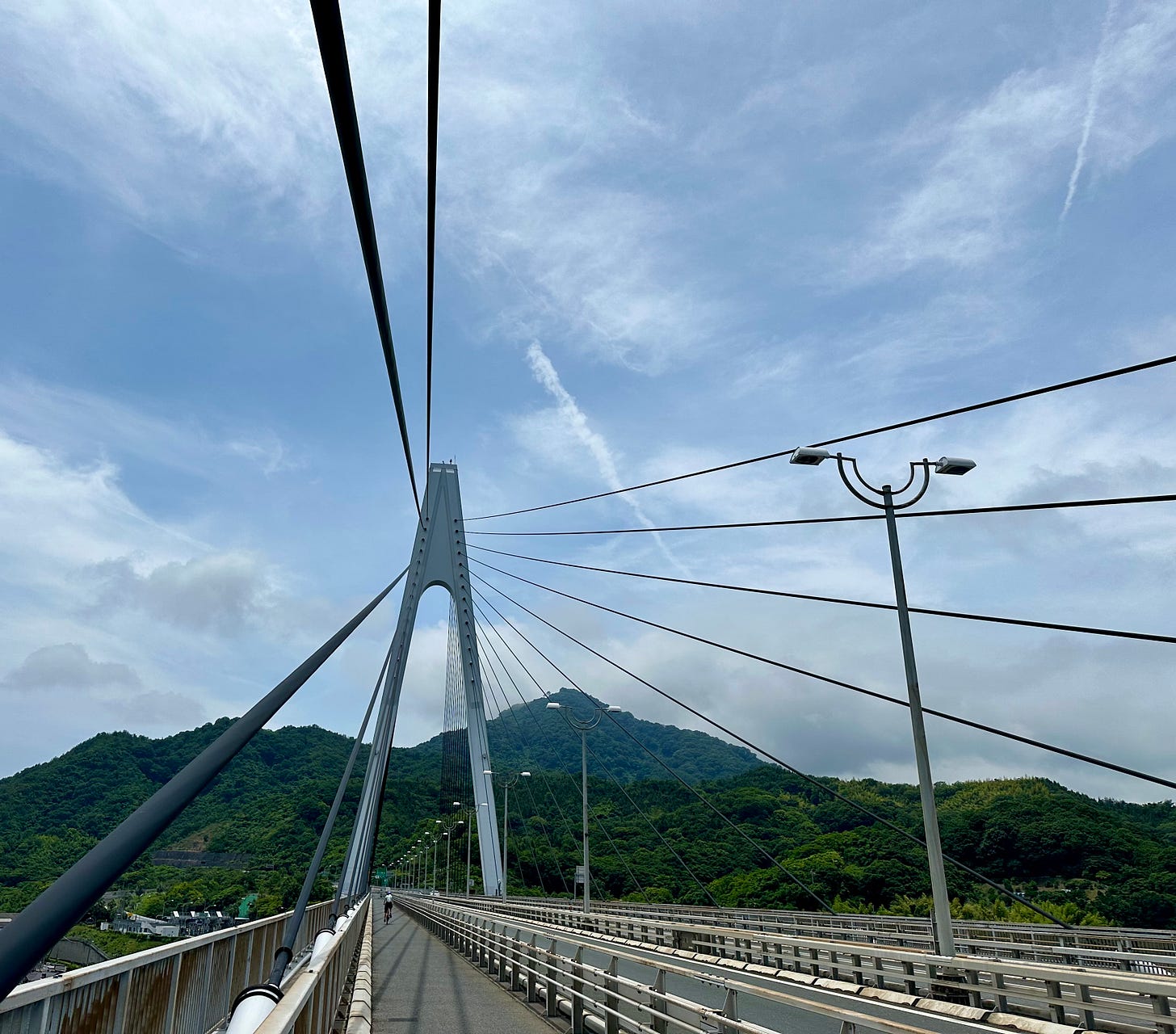
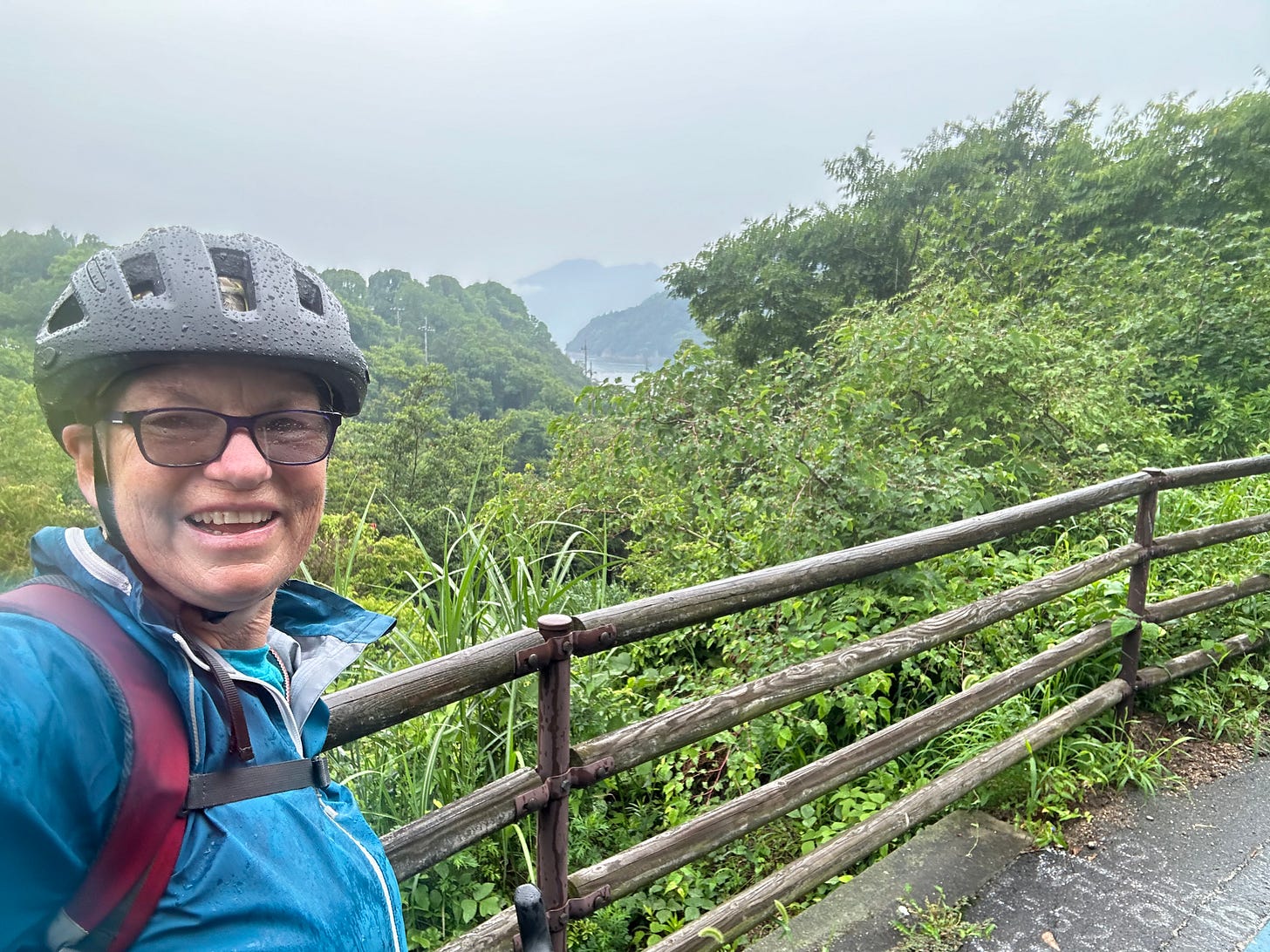
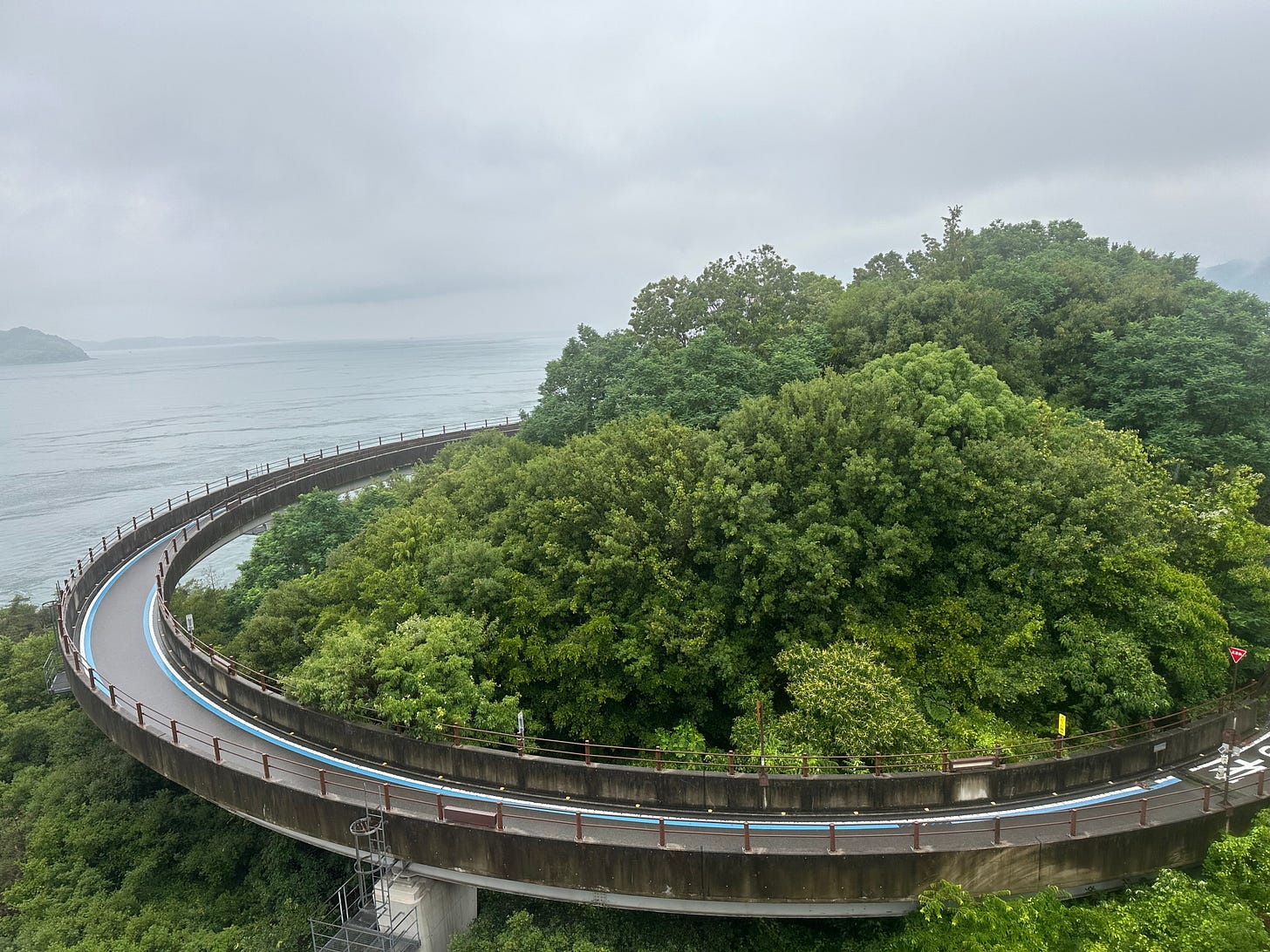
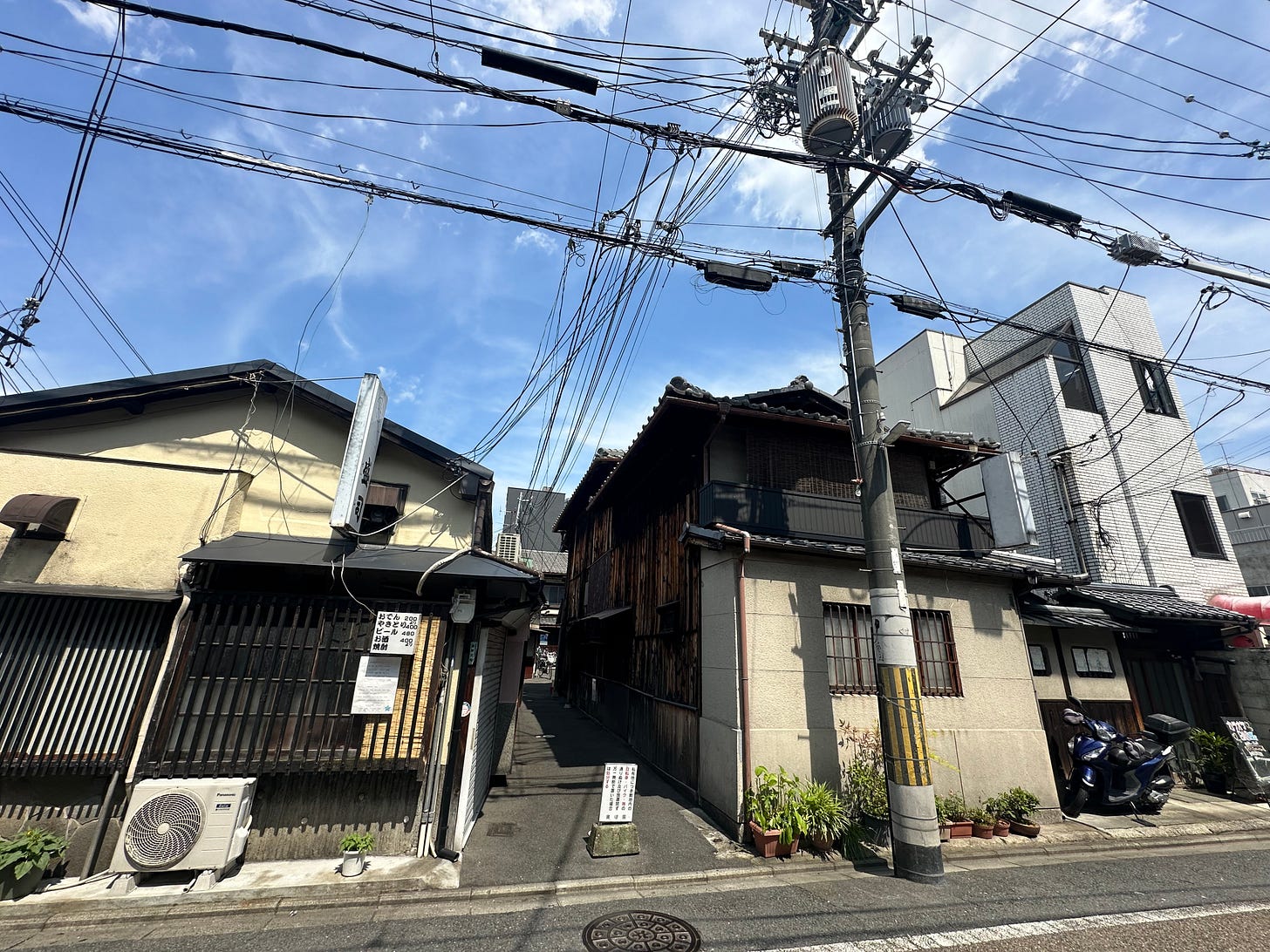

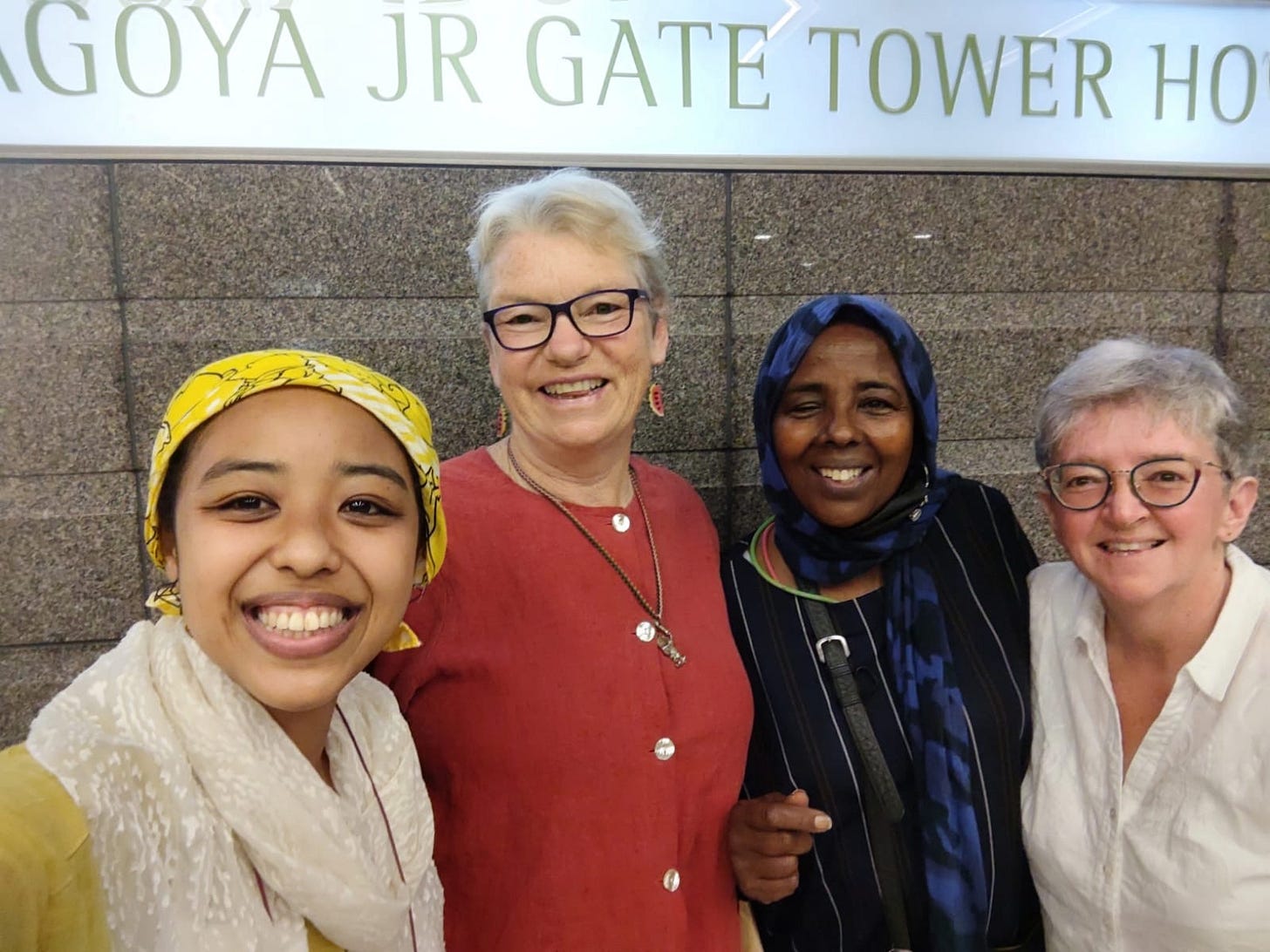
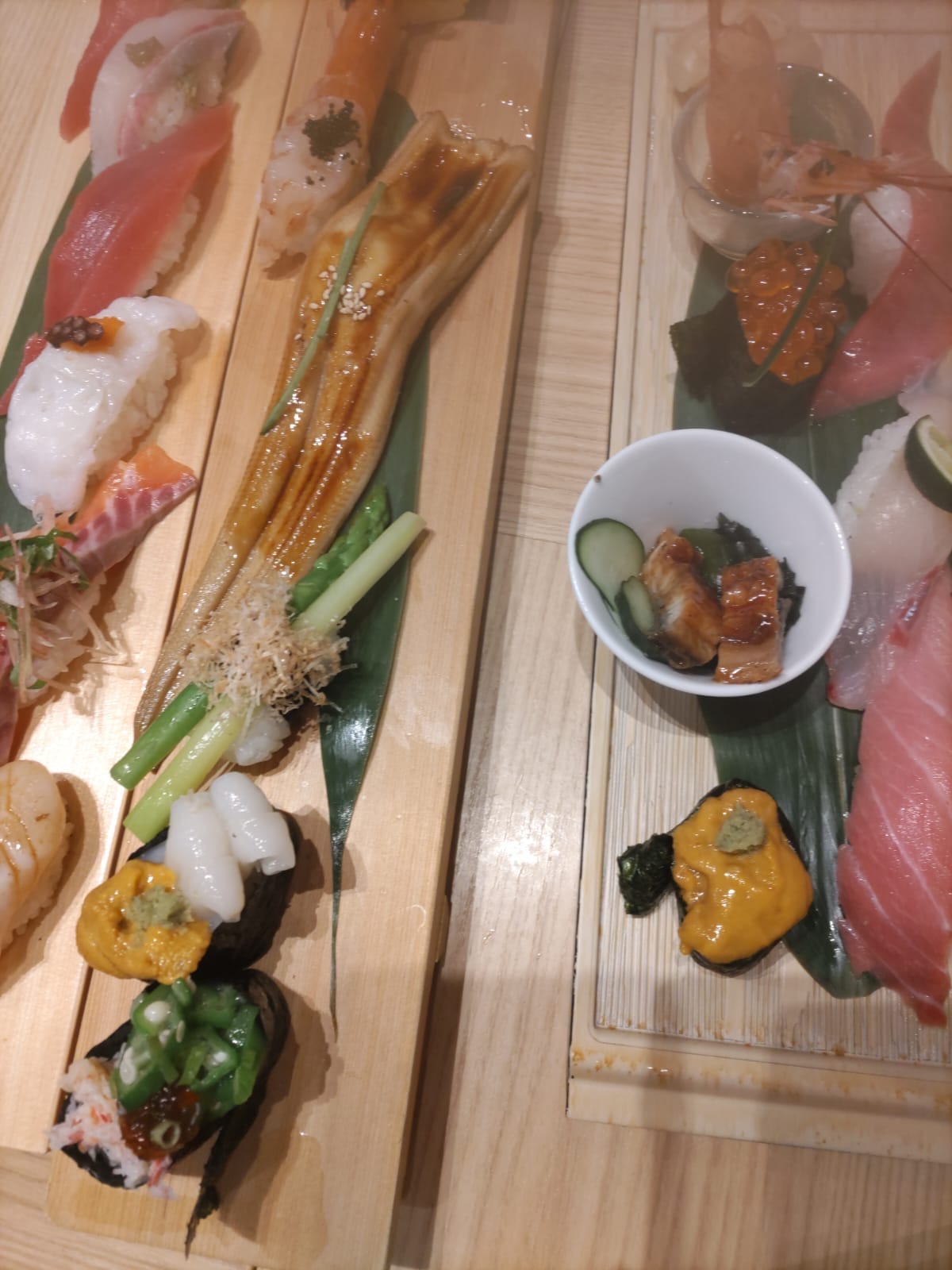
Those bridges look like fab infrastructure. Footscray Rd designers could learn something from that. Thanks for the detailed descriptions and videos and safe journey home to you both.
That was a superb read and fabulous photos. Your cycling trip is incredibly informative and inspiring. 💚